While I travel outside the Greater Manila area often enough, it is almost always for work, with little if any real opportunity to do anything else. So it was a good change to have to be in the Greater Cagayan de Oro City area (capital of Misamis Oriental province in Northern Mindanao; population 555,000) recently for a week-long series of budget reviews (yes, it’s that time of the year).
Because the period included a Sunday, I could not only take a proper break from mind-straining work (the less said about that, the better) but also pretend to be a tourist, at least for the day.
When I’m in that part of the world, I’m billeted in the company’s residential facility in Cawayanon, municipality of Manolo Fortich, Bukidnon province, just half an hour or so from our manufacturing facility, and about one and a half hours from the Cagayan de Oro airport. This makes it just an hour and a quarter or so away from Malaybalay, the provincial capital, which is where I found myself early that Sunday morning not long ago.
I had heard a lot about Malaybalay from previous and current colleagues. They had spoken of a Benedictine Monastery there, called the Monastery of the Transfiguration, which had started to become talked about a decade or so ago, mainly because of two things: (1) they had organized a pretty good boys’ choir made up of the sons of the farmers around the monastery; and (2) the famous Manila couturier Gang Gomez had become a monk of the community. So if I didn’t get to hear the choir sing, maybe Dom Martin (that’s his monastic name now) might make me a new barong?
Having made inquiries from colleagues, I had been told that Sunday Masses at the Monastery were at 8 a.m., so if I left our company’s Lodge (that’s what our pre-war American colonial corporate residence is actually called) at 6:30 am, which got me to Malaybalay before 7:45 am.
Malaybalay isn’t really your typical city – it’s more like a large provincial town. And the Monastery isn’t in town – it’s in the middle of a field a couple of kilometers from the highway outside the city center. The fields are planted to sugar cane, rice, coconuts, and coffee and appear to be part of the Monastery’s plantation, following a set-up that has worked for European monasteries since the Middle Ages.
I had gotten there with plenty of time to spare before the Mass, so I was able to use the public urinals in the spacious parking lot, and get settled into the terrain. I had heard (and seen photos in newspaper and magazine articles) of the Monastery’s “pyramidal” Church. While I’m definitely not a fan of modern architecture, the perfect symmetry of this structure, designed by the late National Artist for Architecture Leandro V. Locsin, greatly appealed to me.
From whichever angle I viewed it, the perfectly square footprint and diagonal triangle-forming members sent Pythagorean equations spinning in my head.
The observant reader will notice a non-symmetric artifact in the immediate previous photograph. This is actually the Monastery Church’s new bell tower – like the church building itself, an innovative example of modern design. It had apparently only been very recently erected, hence the scaffolding still enveloping it.
This bell tower consists of three extremely tall cast-concrete beams, not unlike those used as electric posts nowadays.
The posts form a triangular cross-section, which enables them to support three large metal triangles near the top, from which in turn hang three large brass bells of different sizes and pitches.
The bells are affixed to wheels, which are turned by pulling on ropes from the ground. About fifteen minutes before the start of the Mass, the bells were rung by altar boys – first the lowest-pitched bell for the first five minutes, then joined by the middle-pitched one for the next five minutes, then all three with the highest-pitched bell for the last five minutes. The bells were obviously selected with care as the sounds that they produced were not only extremely loud but also, and despite that loudness, most harmoniously blended with each other.
Thus was the entire Monastery community for several kilometers around called to worship. In theory, at least. In reality, of course everyone knew that the Mass would begin at 8 am (or slightly later, this thankfully being a laid-back environment).
Before going inside, we walk around the churchyard, and note this cross on what looks very much like an unmarked grave. Is it really?
And this admonition from the Prophet Isaiah to just shut up.
This being a Benedictine Church, the Mass was expectedly punctilious as to form, and very “high-church.” There was an impressive processional with a long line of crucifix- and candle-bearing altar boys. The abbot and his co-celebrants were richly garbed.
There was lots of incense at various points.
There was also very good singing from a modest-sized alumni contingent (I presume) from the since-disbanded Monastery Boys’ Choir, composed of what appeared to be high school- and university-aged singers, with a repertoire of English, Tagalog, and Visayan mass hymns.
And finally, yes, it seems that Dom Martin (the aforementioned couturier Gang Gomez in a previous lifetime) is indeed a member of this monastic community, if he was the white-cassocked gentleman with thick black hair seated in the front row to the right of the altar.
After the Mass, I went sniffing around the interior, and while I failed to find any depictions of the Transfiguration (perhaps they’re inside the cloisters?), there was on the other hand a modern metal crucifix suspended above the altar table.
The altar table itself was another example of modern religious furniture – a big rock.
In the wall above the altar, and accessible via a staircase behind, was an image of the Gothic-era Our Lady of Monserrat, the Church’s dedicatee.
Unsuprisingly, the rest of the interior was plain and spartan
but to my great pleasure, still very symmetrical and Pythagorean.
Near the entrances on the three non-altar sides were modest donation boxes.
Not having any pre-written prayer petitions, I instead chose to make my contribution by making a large purchase of several jars of the Monastery’s famous peanut butter, peanut brittle, and roasted peanuts from the stalls outside. If you’re wondering about the obvious omission, it’s because I don’t drink coffee – coffee is poison, while peanuts are delicious (even if they give me gout).
- - - - - -
On the way back home northwards from Malaybalay, I decide to visit the Carmelite Monastery of the Hearts of Jesus and Mary, still within city limits.
The approach was marked by this wrought iron cross.
The distinctly Carmelite gate was put to good use for hanging up tarpaulin posters.
I enter the welcoming driveway, though on foot, since the sign clearly prohibited parking within.
Another warm welcome was delivered by this image.
The garden inside was lush and well-tended.
But I couldn’t tell myself that, at least not out loud, because of this sign.
Unfortunately the chapel at the other end of the garden was locked, so I was neither able to pray inside nor take photographs. Instead, I handed my written prayer intentions (with a small contribution) to a nun of the community, perhaps their porter, who was chatting with other visitors in the receiving area.
Walking back outside, I espy a gazebo
sheltering a glass-encased image of Our Lady of Fatima.
The gazebo is actually the centerpiece of a unique garden, dedicated to the Holy Rosary.
There are “stations,” not of the cross, but of the sets of mysteries, beginning with the Joyful.
A neat gravel path
connects this to the station of Sorrowful mysteries
and then to the Glorious.
Apparently, this garden was designed and built prior to 2002, since there are no Luminous mysteries, and the path leads back to the gazebo of Our Lady.
Before leaving, we appreciate the beauty and drama of nature, even as manifested in the dried-out trunks of two trees, one directly behind the other.
- - - - -
Near the halfway point on the highway between Malaybalay and my temporary home in Manolo Fortich is the municipality of Sumilao. Like everywhere else in Bukidnon, this town is overwhelmingly agricultural, so it was a real surprise to receive a tip from my driver – that just a few meters from the center of town (actually just a small block of shops) was this:
These beautiful waterfalls were nested amongst abundant mountain vegetation.
The local authorities had thankfully constructed viewing platforms and staircases to benefit curious city-slickers like me (actually, a country-slicker from another province)
so that I could take just a couple more shots
before concluding this most contemplative Sunday morning, and heading off home to contemplate lunch.
Originally published on 19 September 2008. All text and photos copyright ©2008 by Leo D Cloma. The moral right of Leo D Cloma to be identified as the author of this work has been asserted.
Original comments:
puyat1981 wrote on Sep 25, '08
The icon of The Transfiguration is located at the former site of the monastery. Check this out http://www.flickr.com/photos/liturhiya/2559035938/
The Malaybalay Monks are originally from San Beda but since they wanted autonomy (since monasteries are by nature) they decided to form their own community that is independent from Manila. The boys choir? I dunno if they disbanded. It has been a long time na kasi. The last I heard them perform years ago pa when I was still a Benedictine monk. Prior Sabio and his monks grow coffee beans, sell sacramentals and weave liturgical garments among others. Recently they offer Sunday brunch for mass goers, extra income. I hope you had a good time there. |
arcastro57 wrote on Sep 25, '08
Dom Martin is a kabalen from San Fernando, Pampanga. Their ancestral Hizon House with its traditional punched tin ceiling is still intact and well-preserved. It's worth a visit.
|
rally65 wrote on Sep 25, '08
puyat1981 said
Recently they offer Sunday brunch for mass goers, extra income. Unfortunately the Sunday brunch is only every second Sunday of the month, and it was a first Sunday when I was there. And yes, it's a fundraiser, so that would be a pretty pricey meal. Ha ha. |
rally65 wrote on Sep 25, '08
arcastro57 said
Dom Martin is a kabalen from San Fernando, Pampanga. Their ancestral Hizon House with its traditional punched tin ceiling is still intact and well-preserved. It's worth a visit. Another Akyat-Bahay target that we should plan for! |
puyat1981 wrote on Sep 25, '08
rally65 said
pretty pricey meal
Mayaman ka. Malaki ang sweldo wag kuripot....
|
rally65 wrote on Sep 26, '08
puyat1981 said
Mayaman ka. Malaki ang sweldo wag kuripot.... Hindi (pa) ako mayaman. Kaya kailangang maging kuripot -- para yumaman! Ha ha ha. |
heymonet wrote on Jul 11, '11
i used this for my architecture research! THANK YOU! God bless you!
|
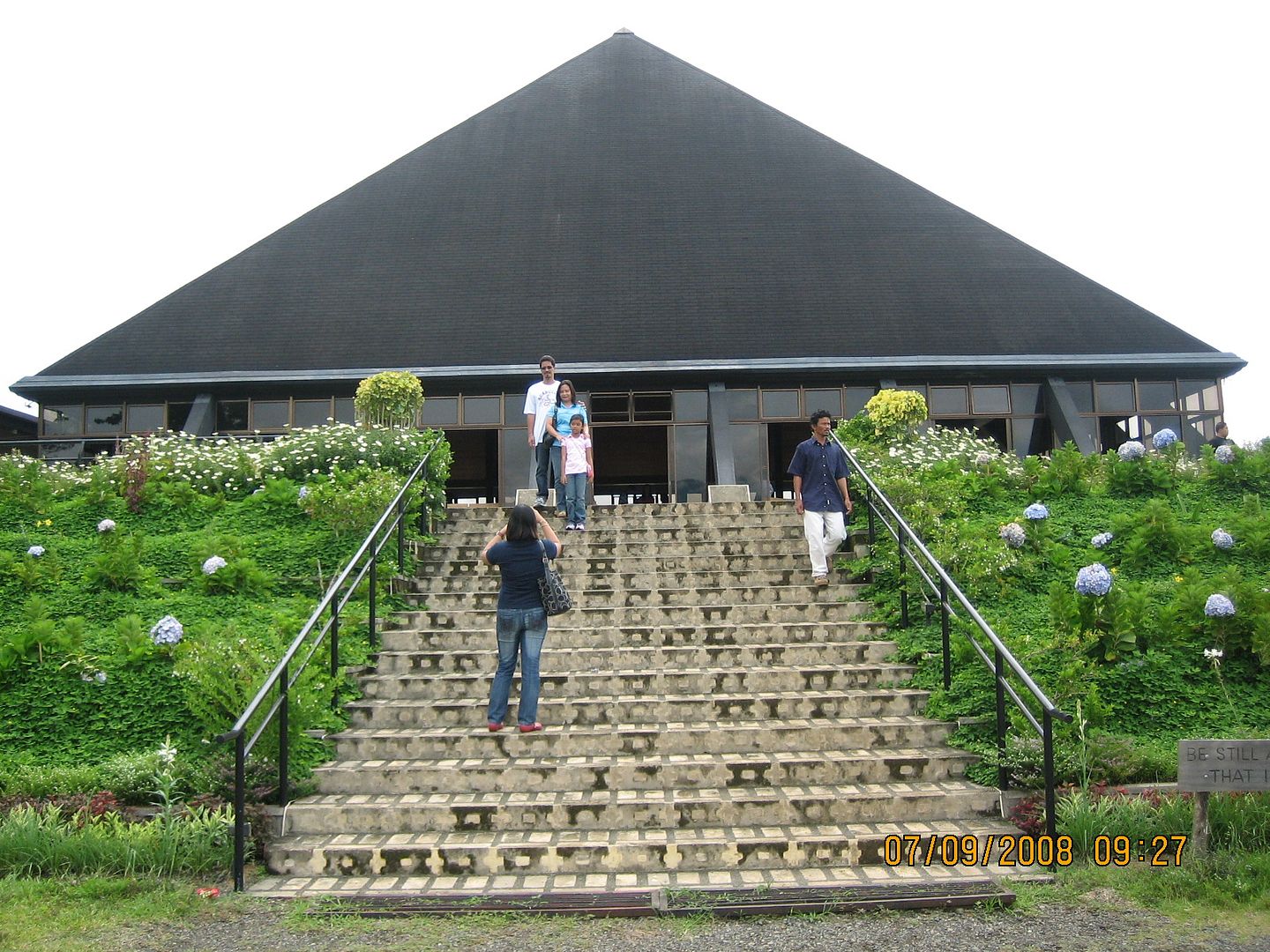
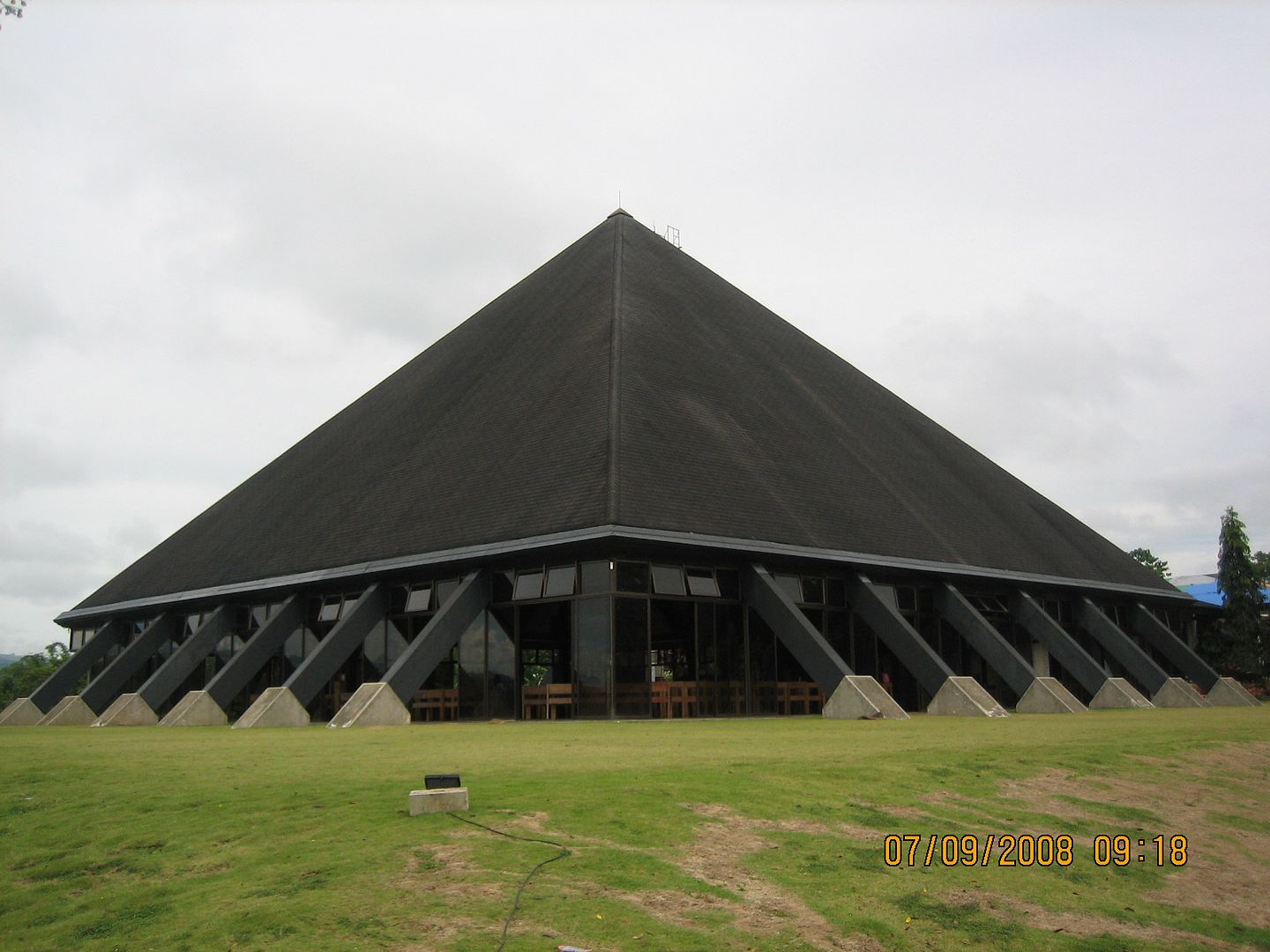
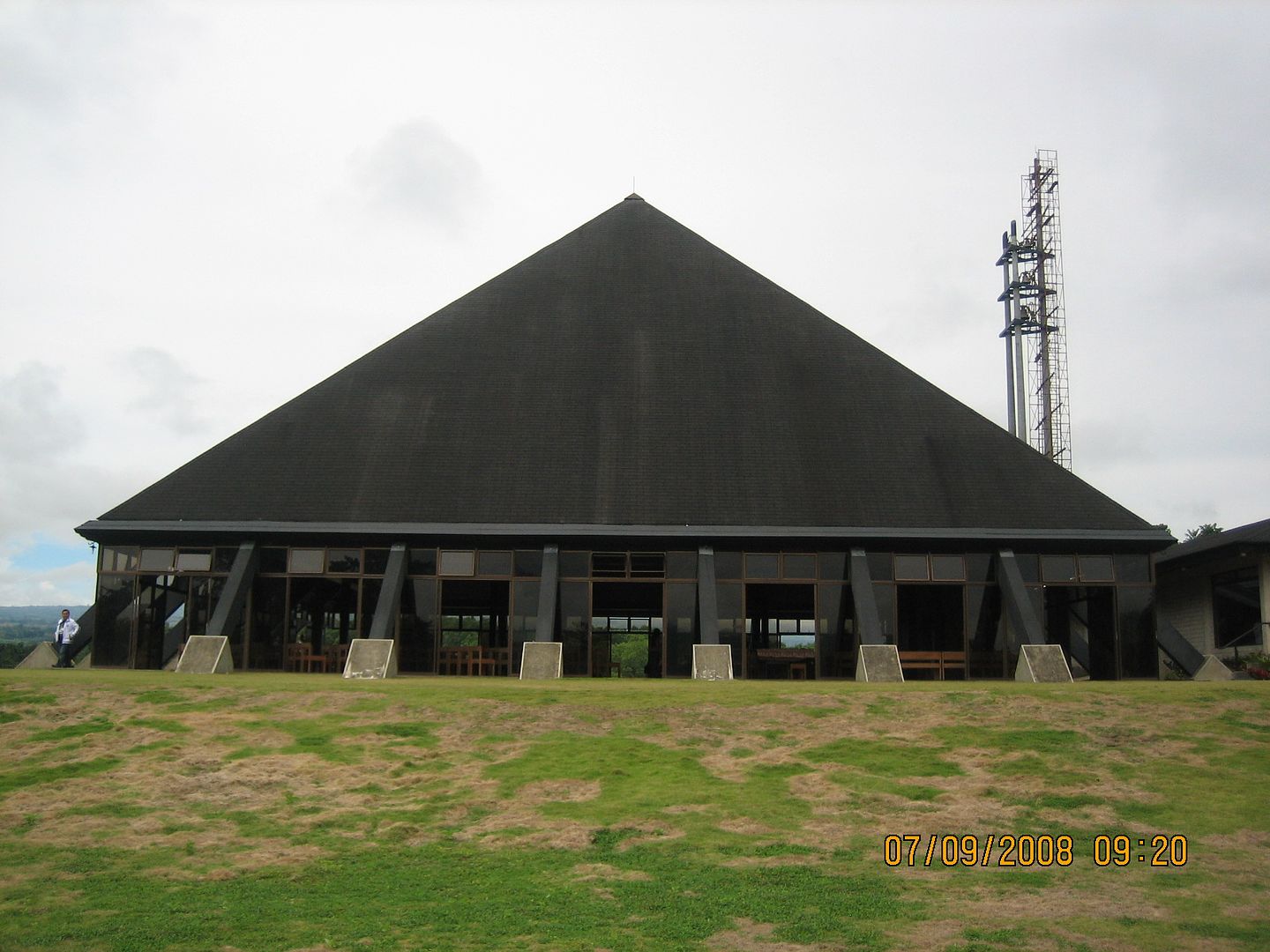

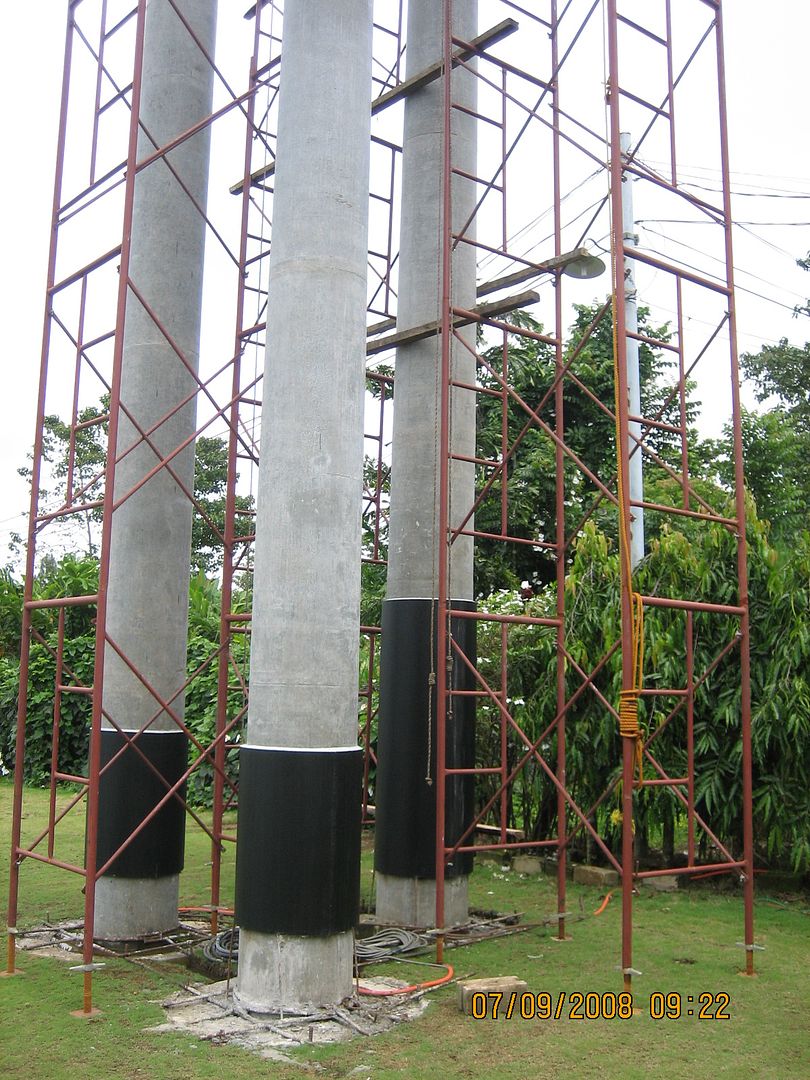
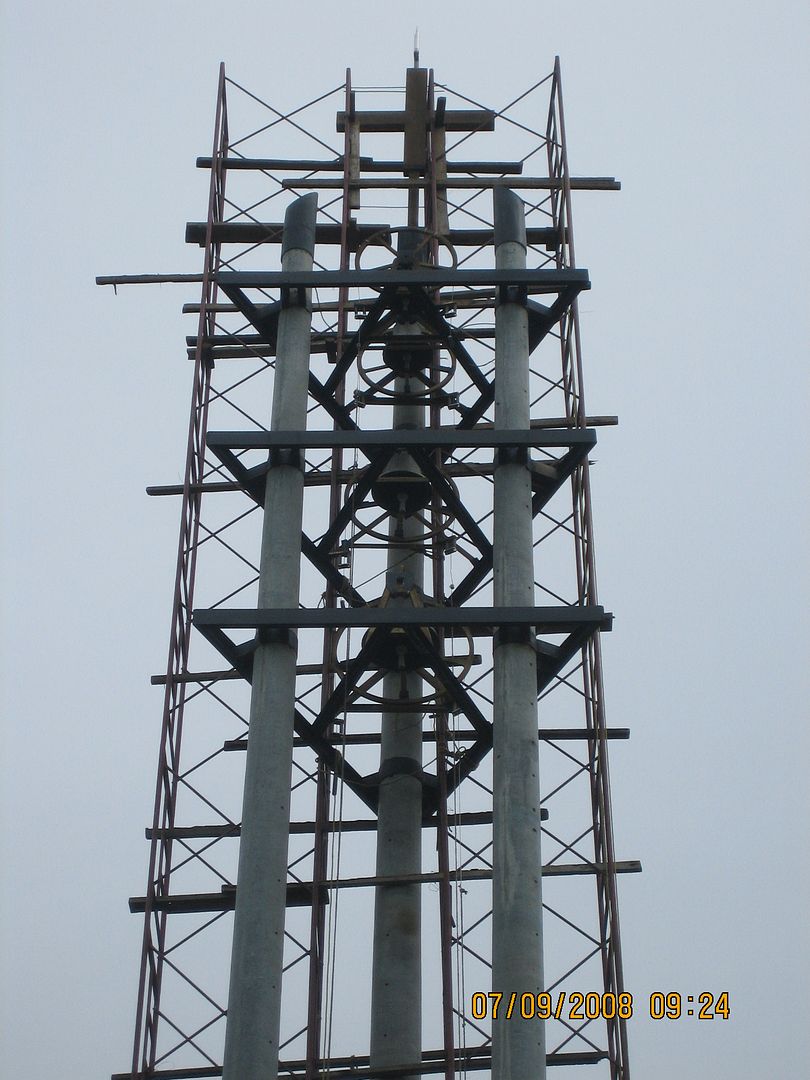
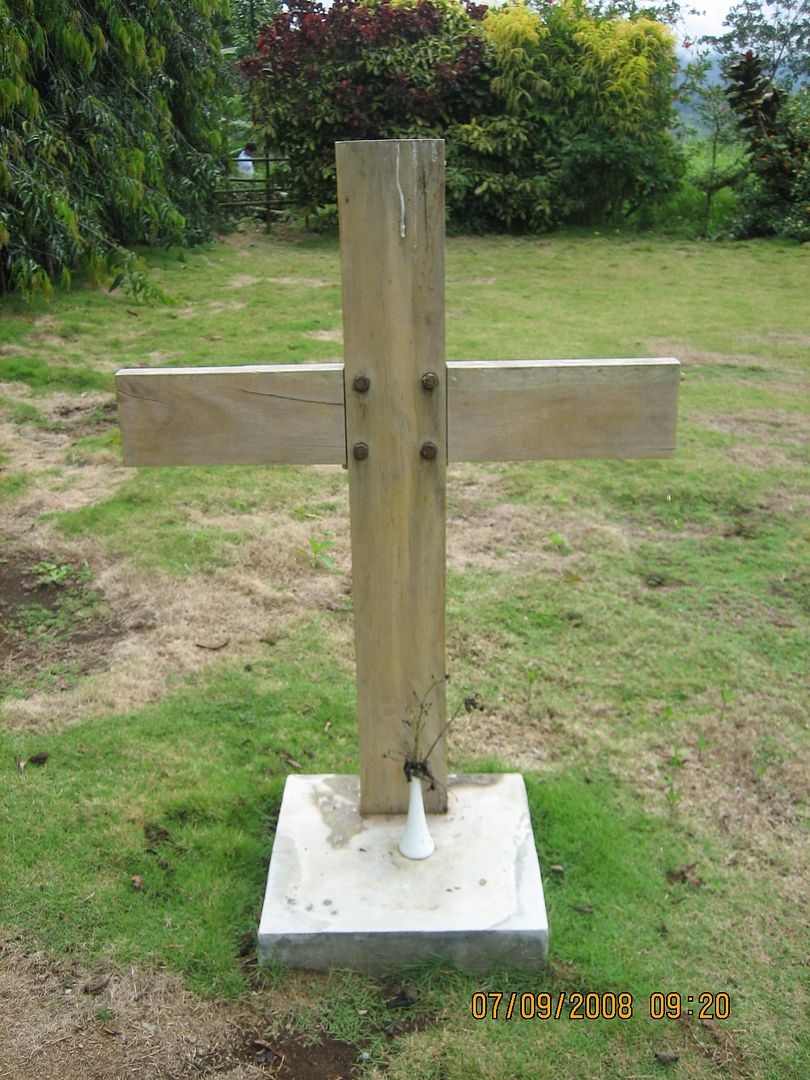





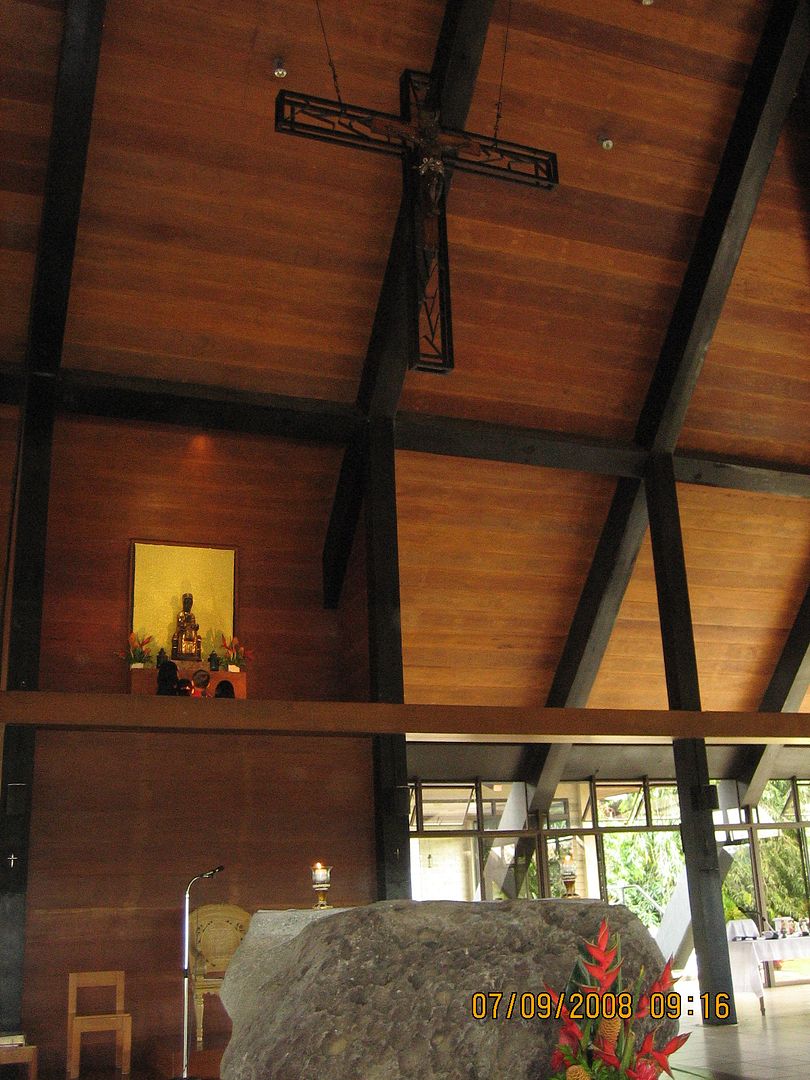
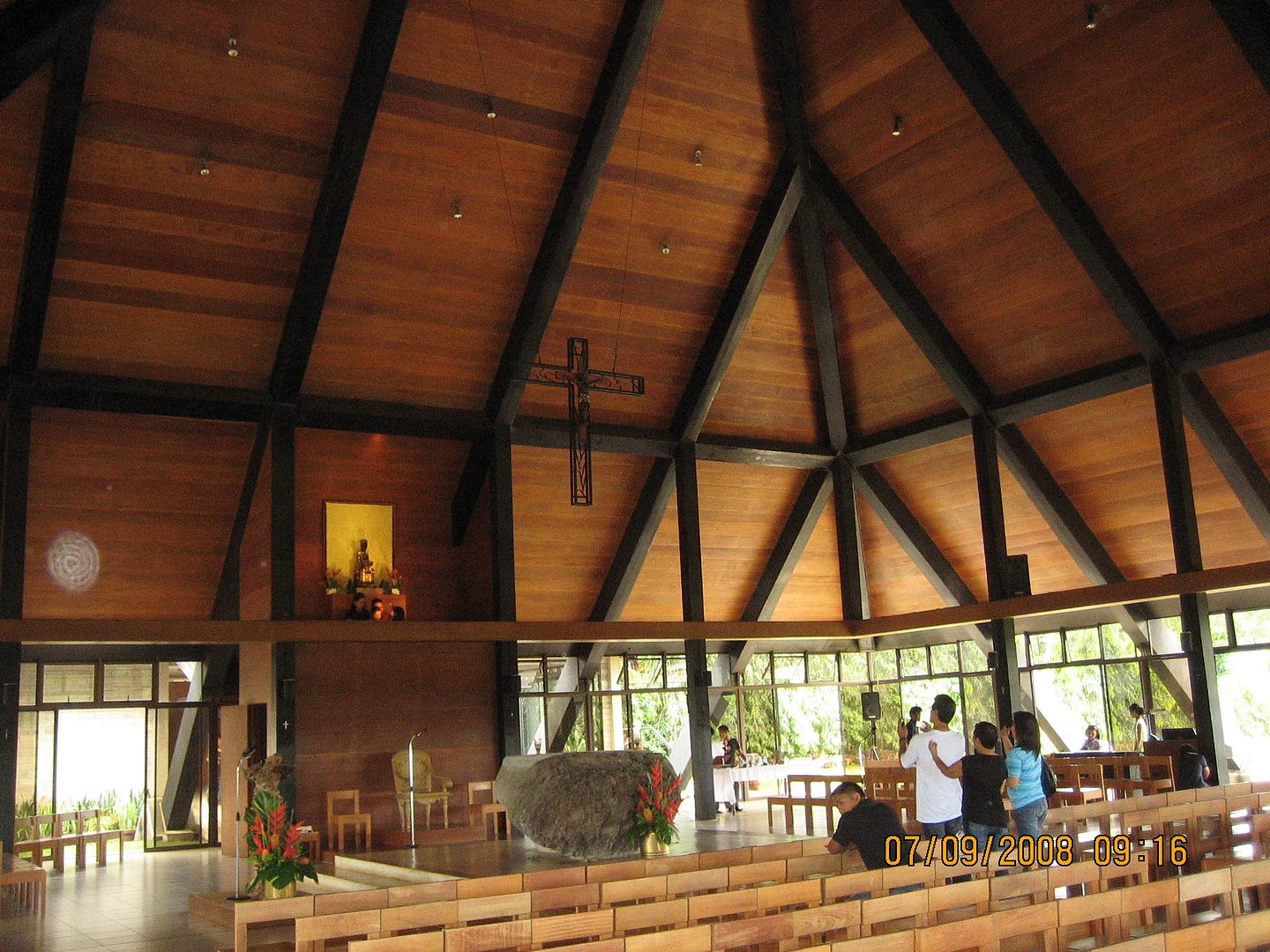



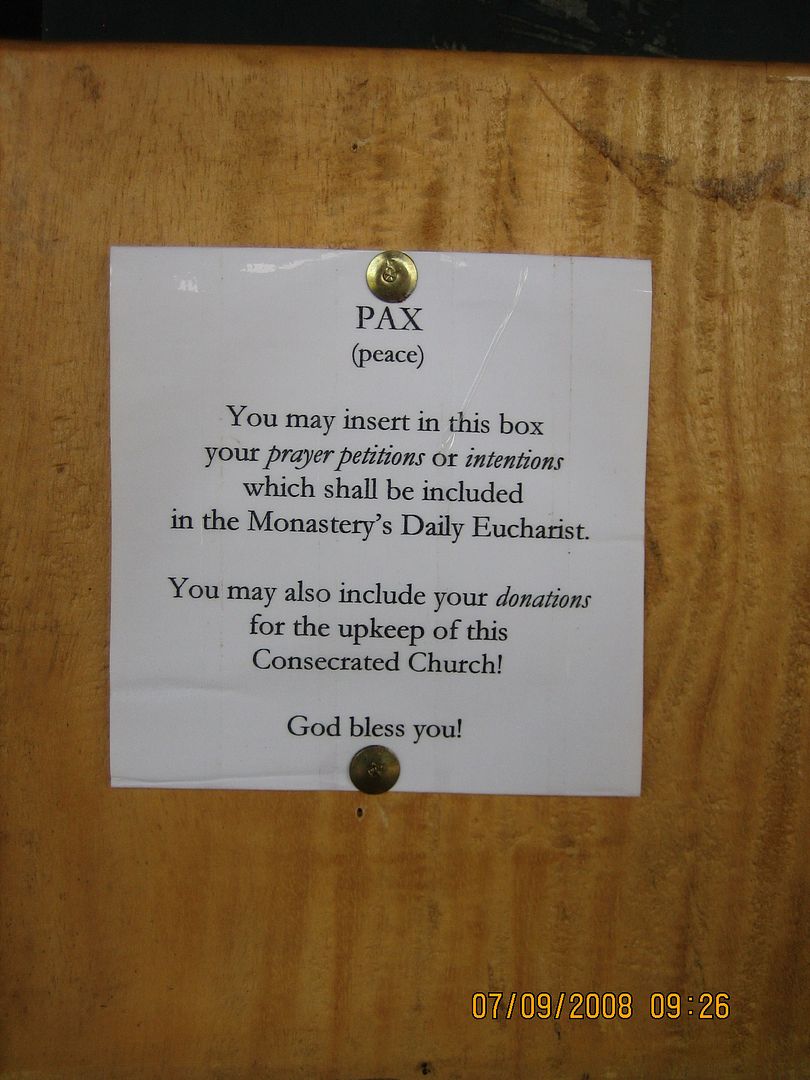
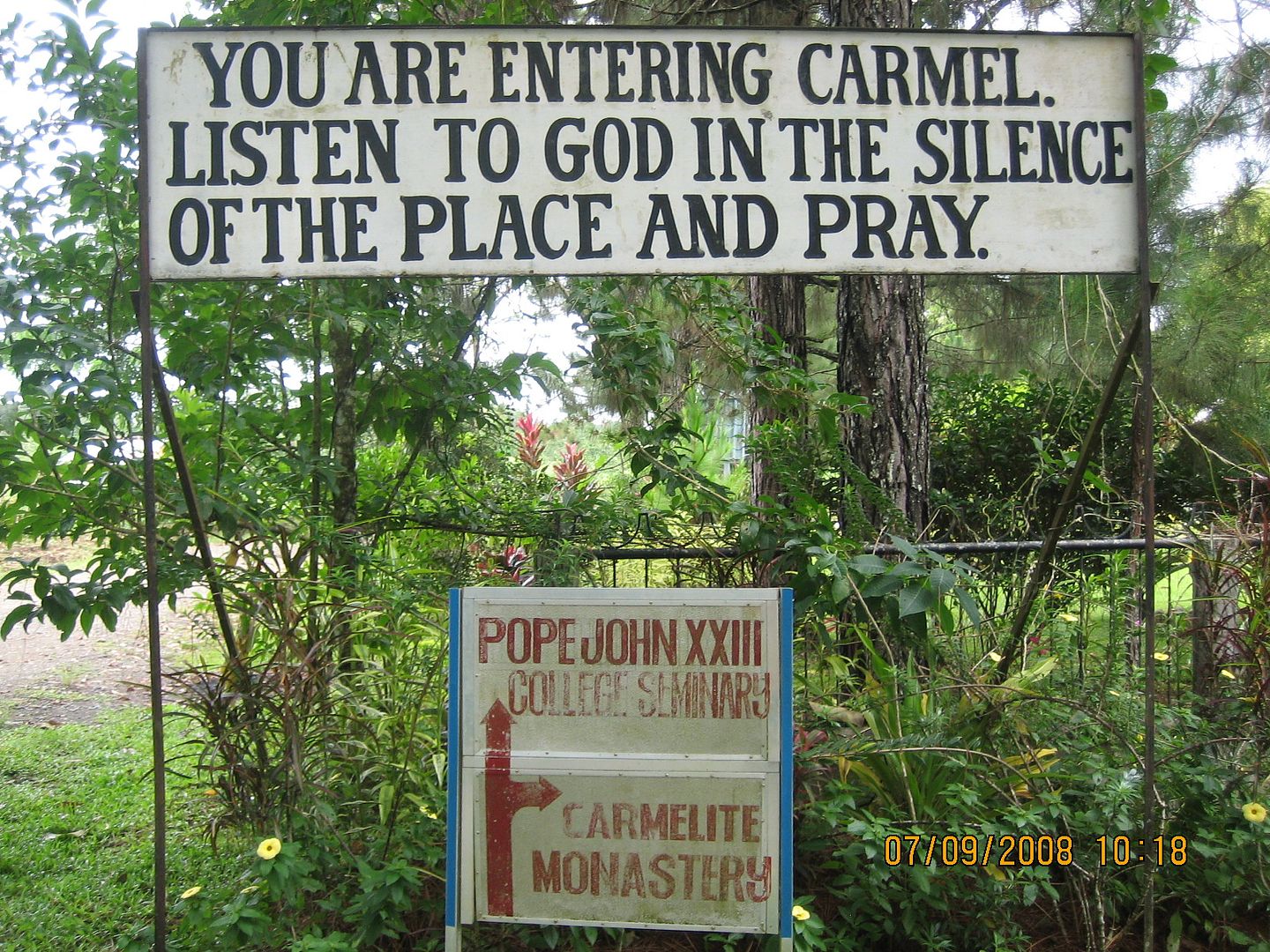
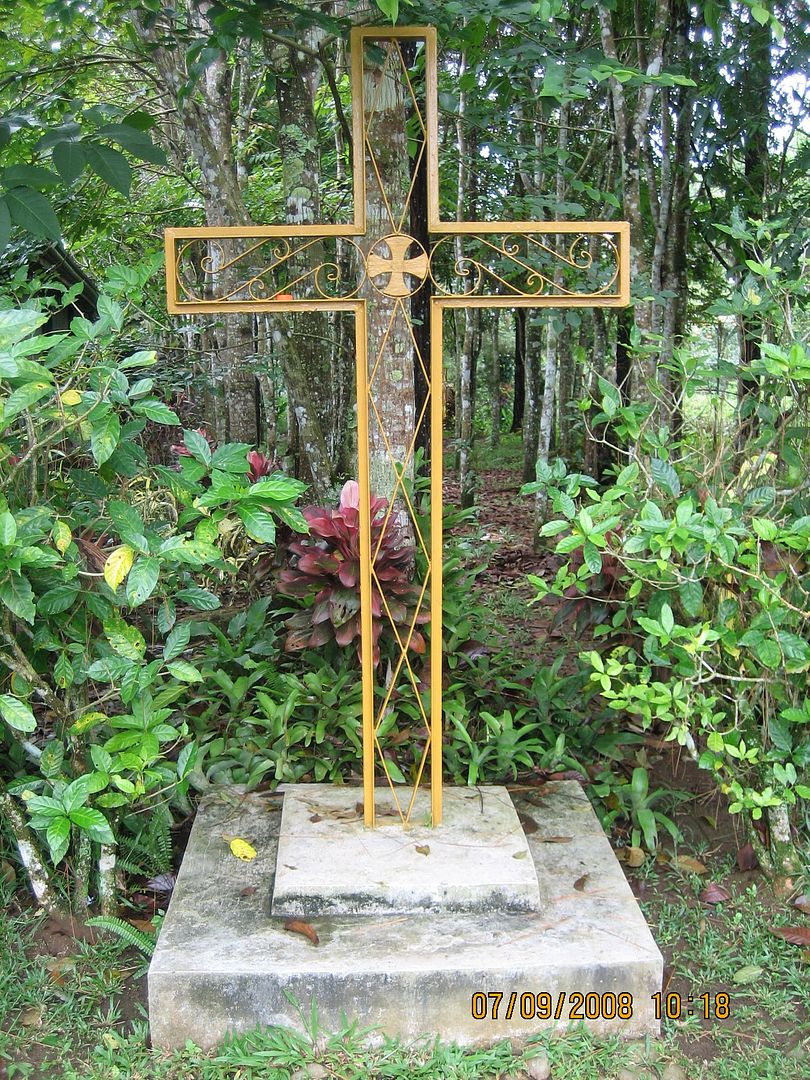
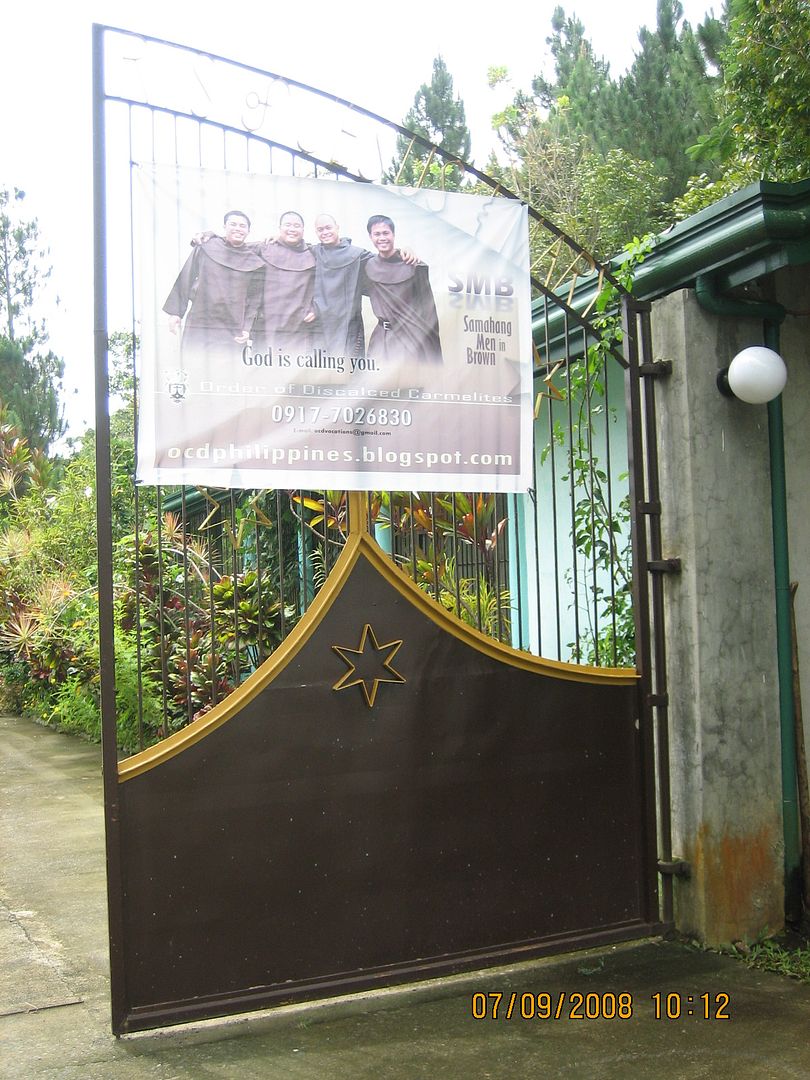
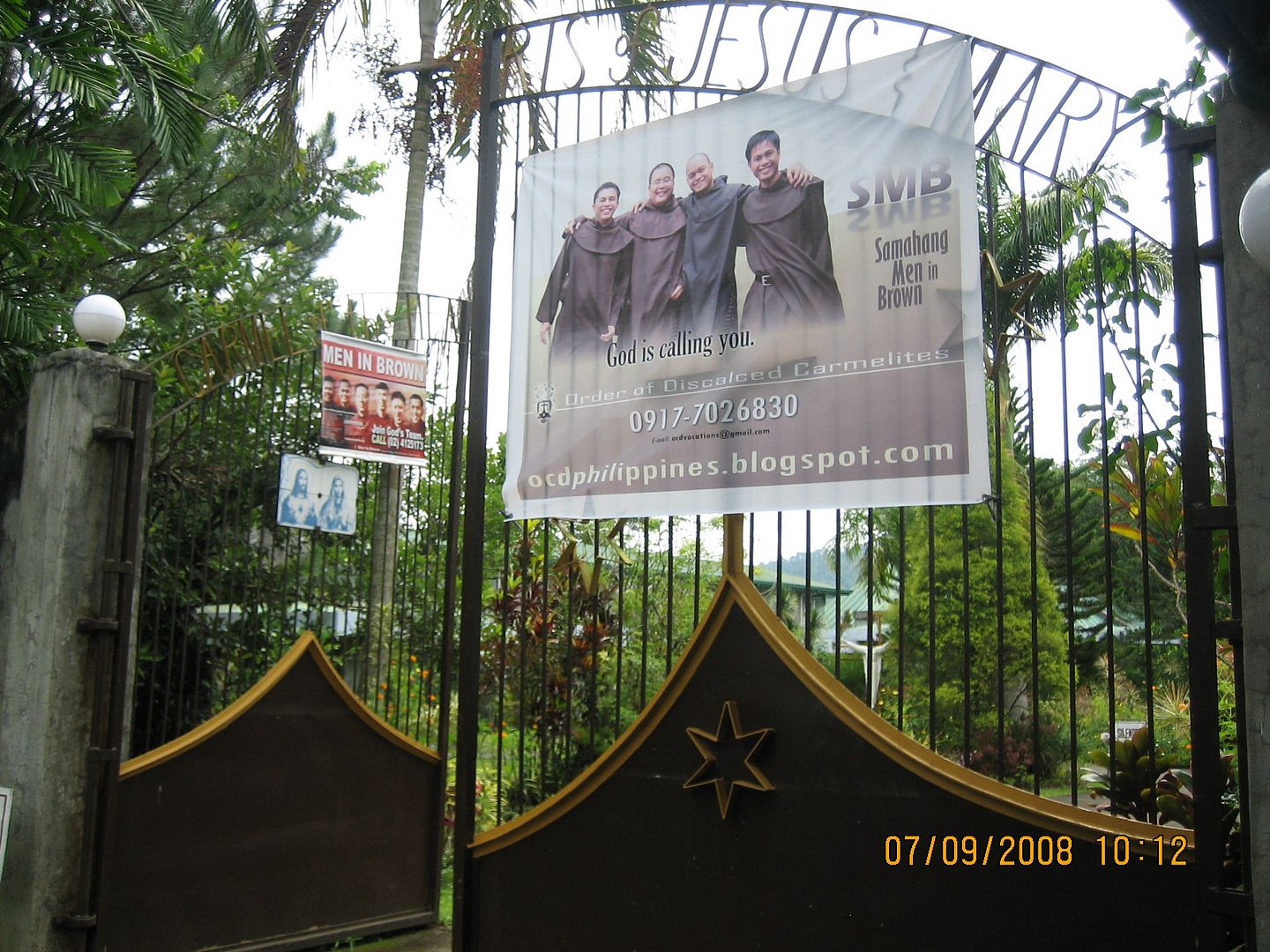

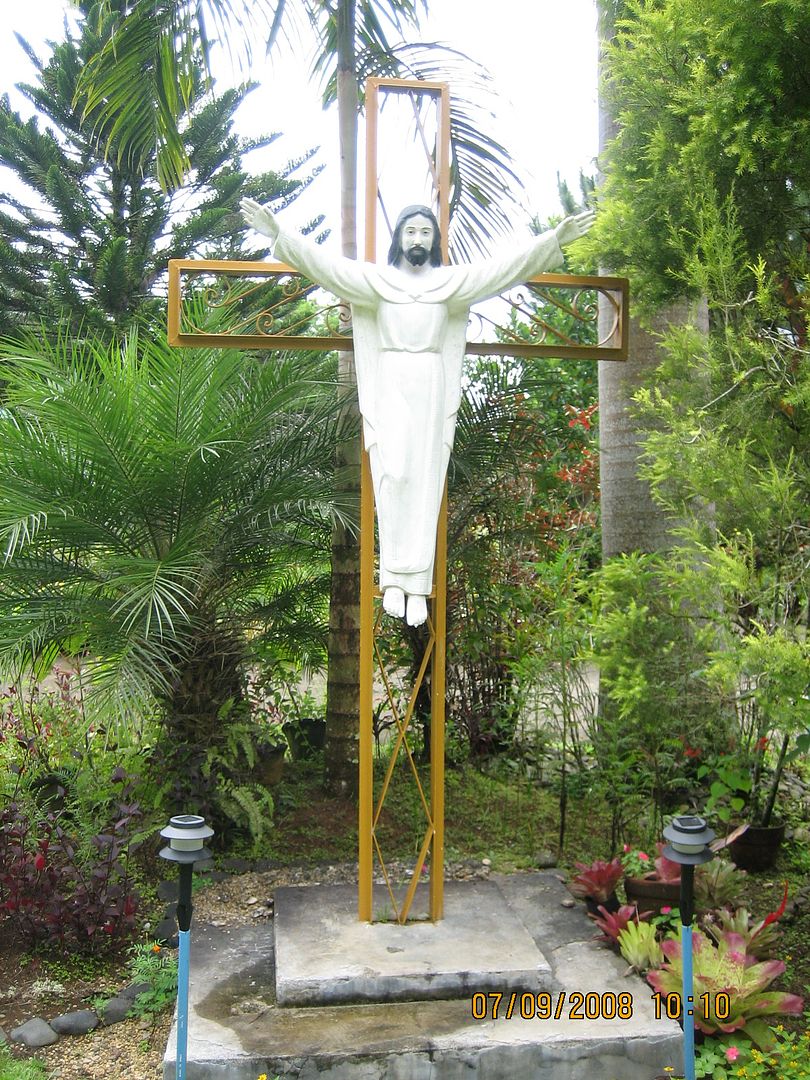

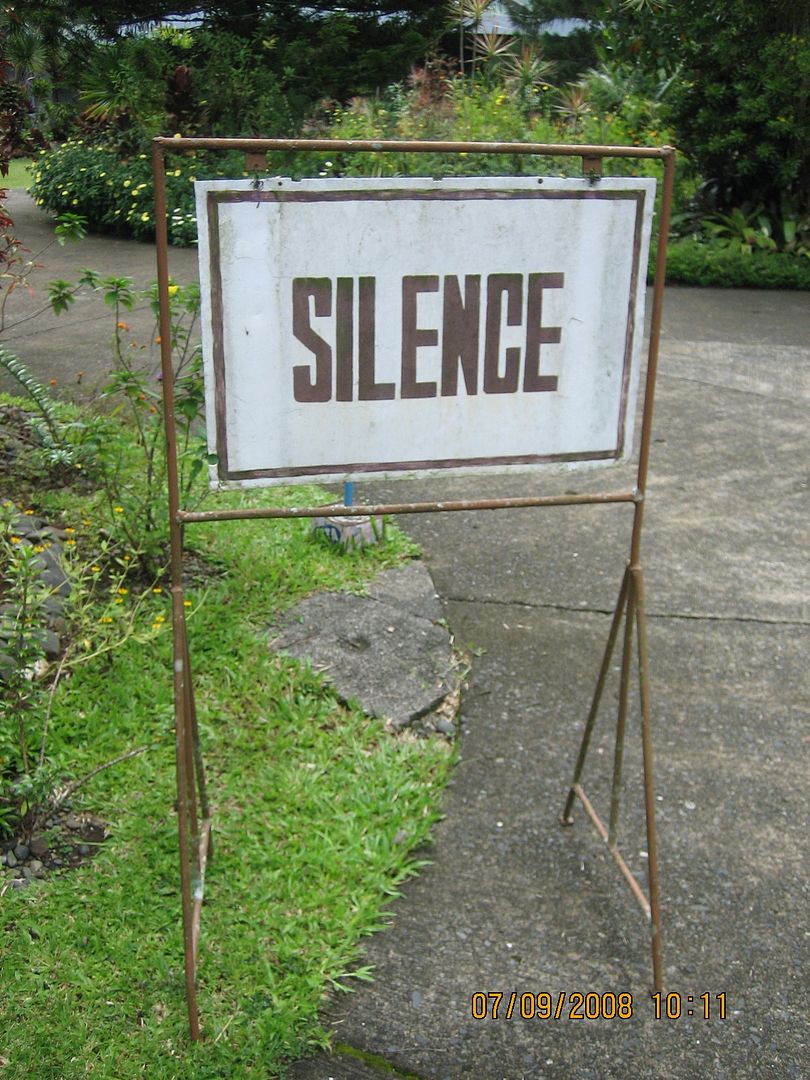



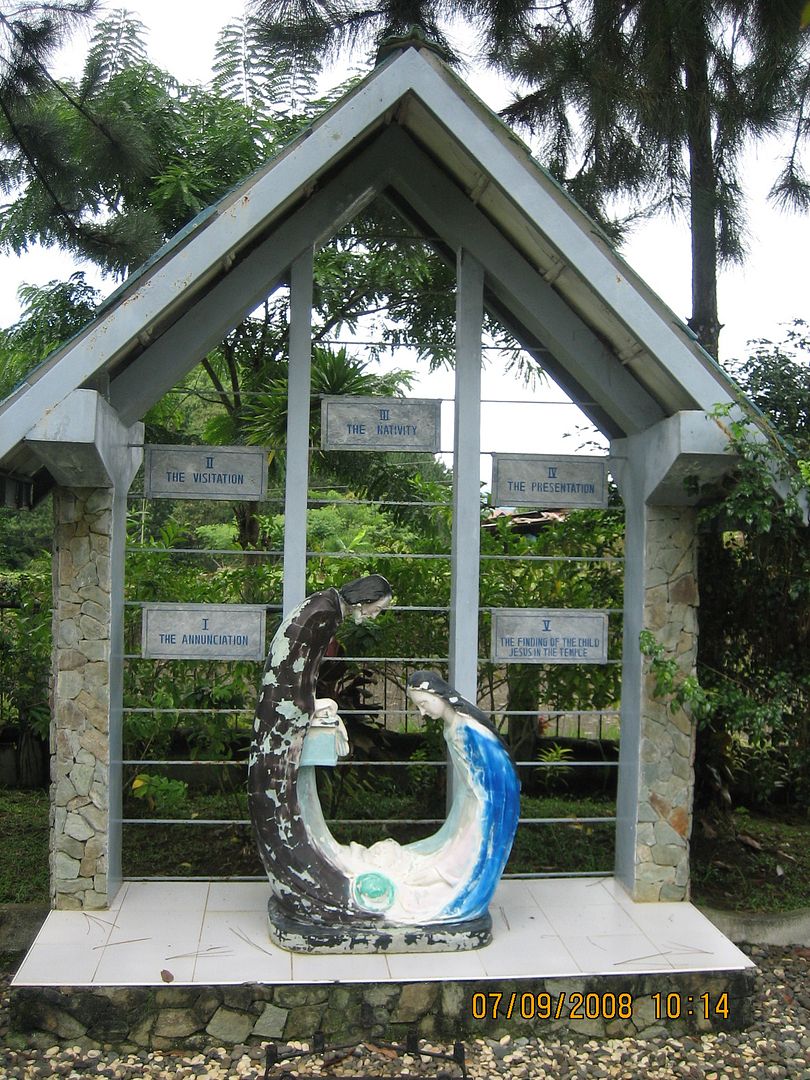
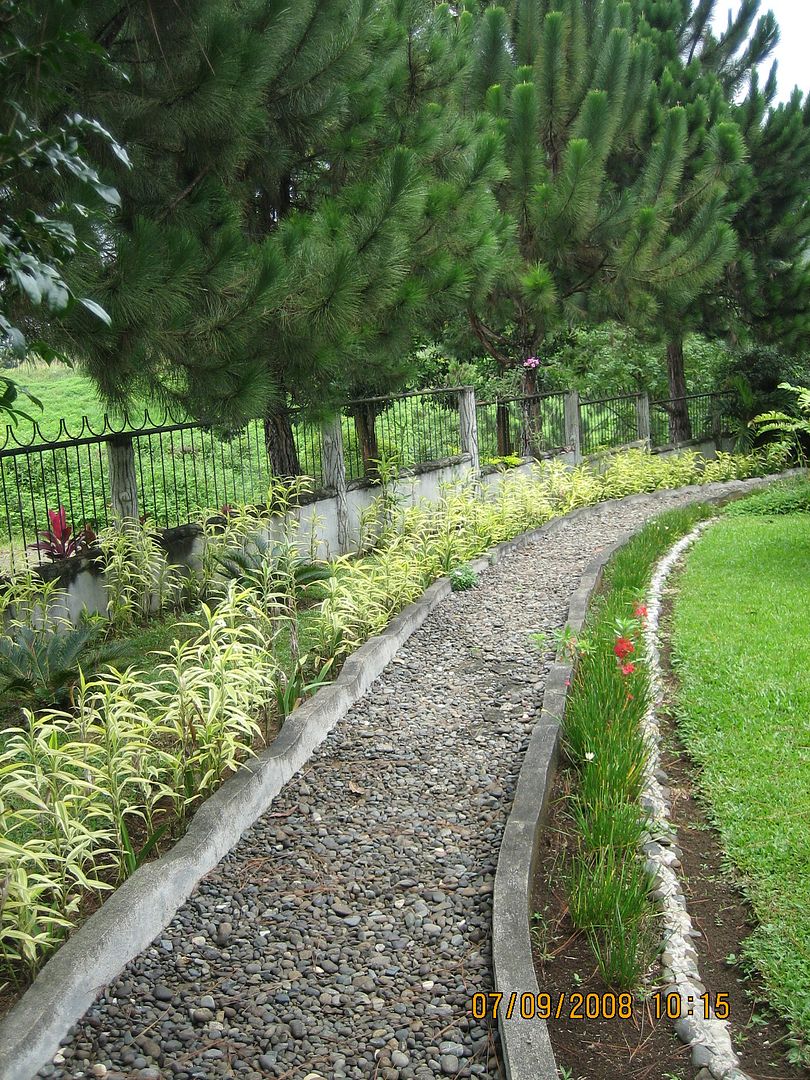
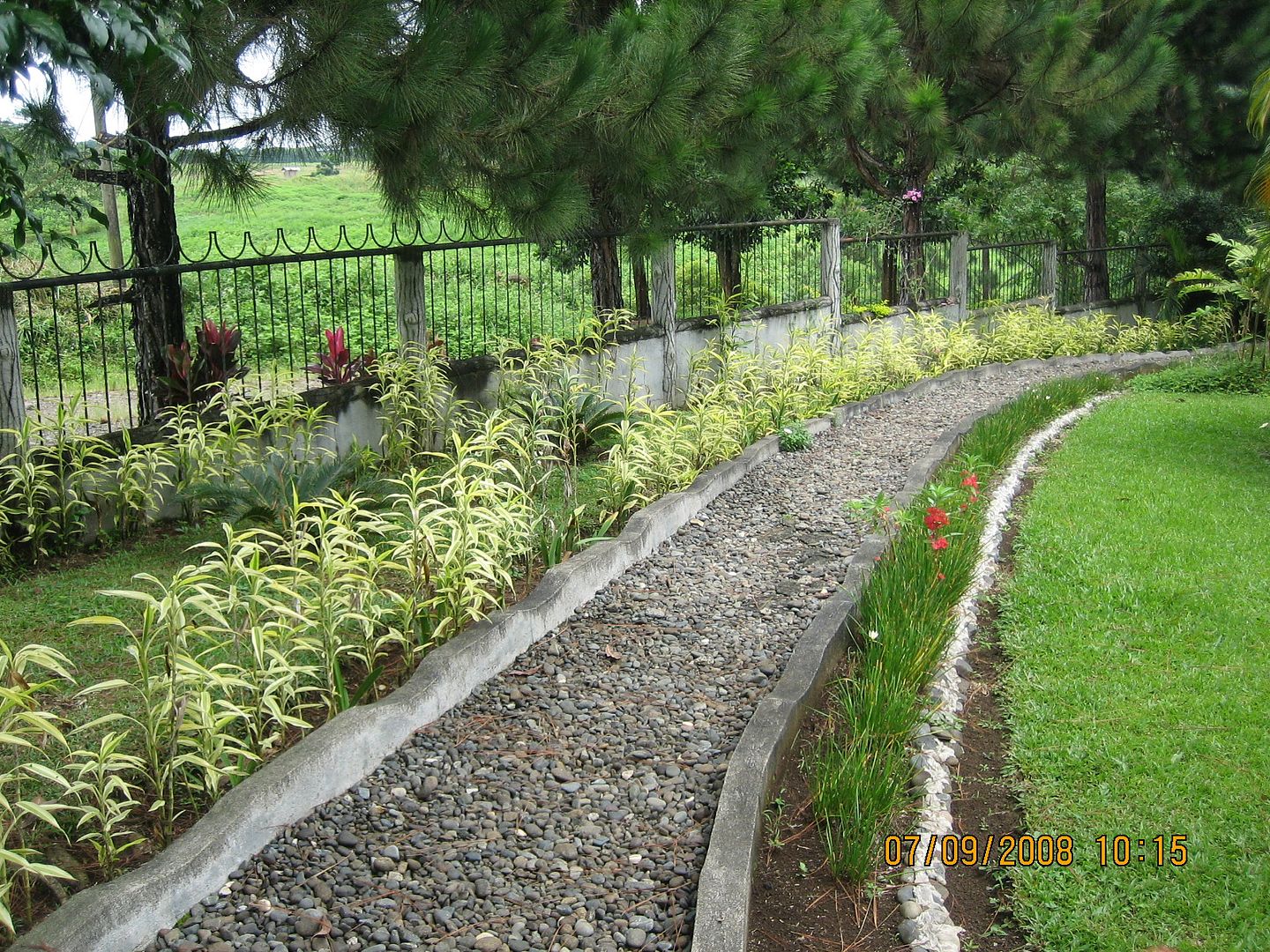



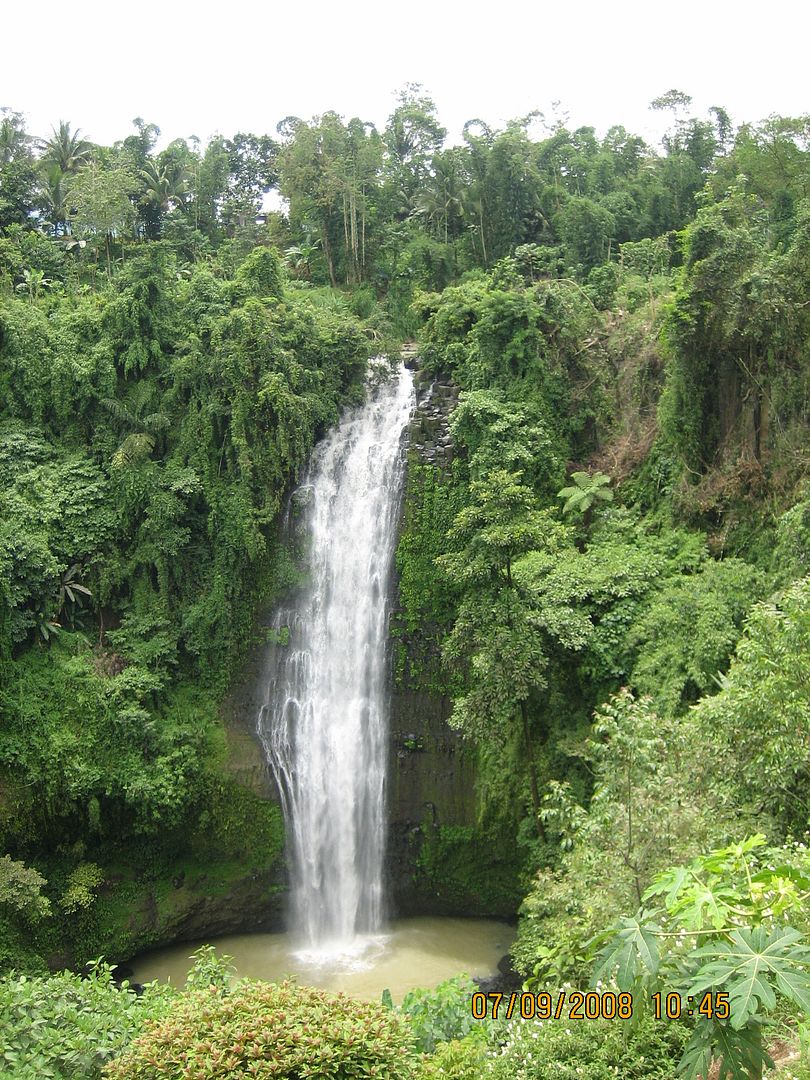
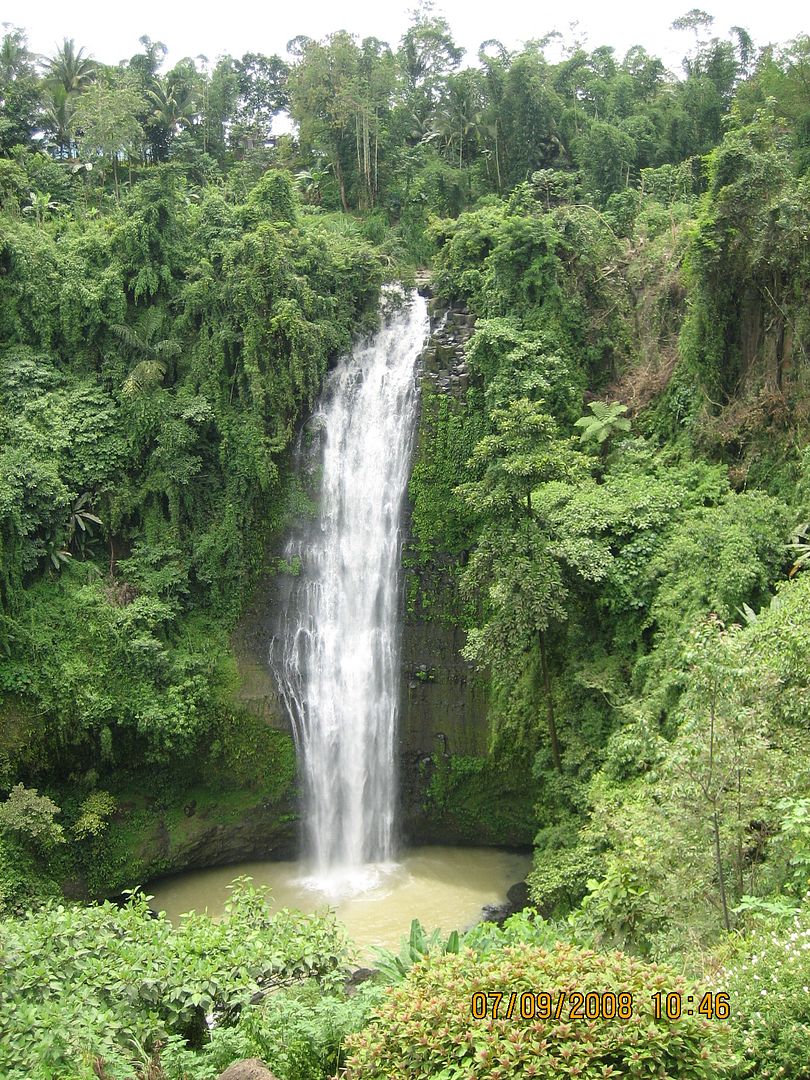
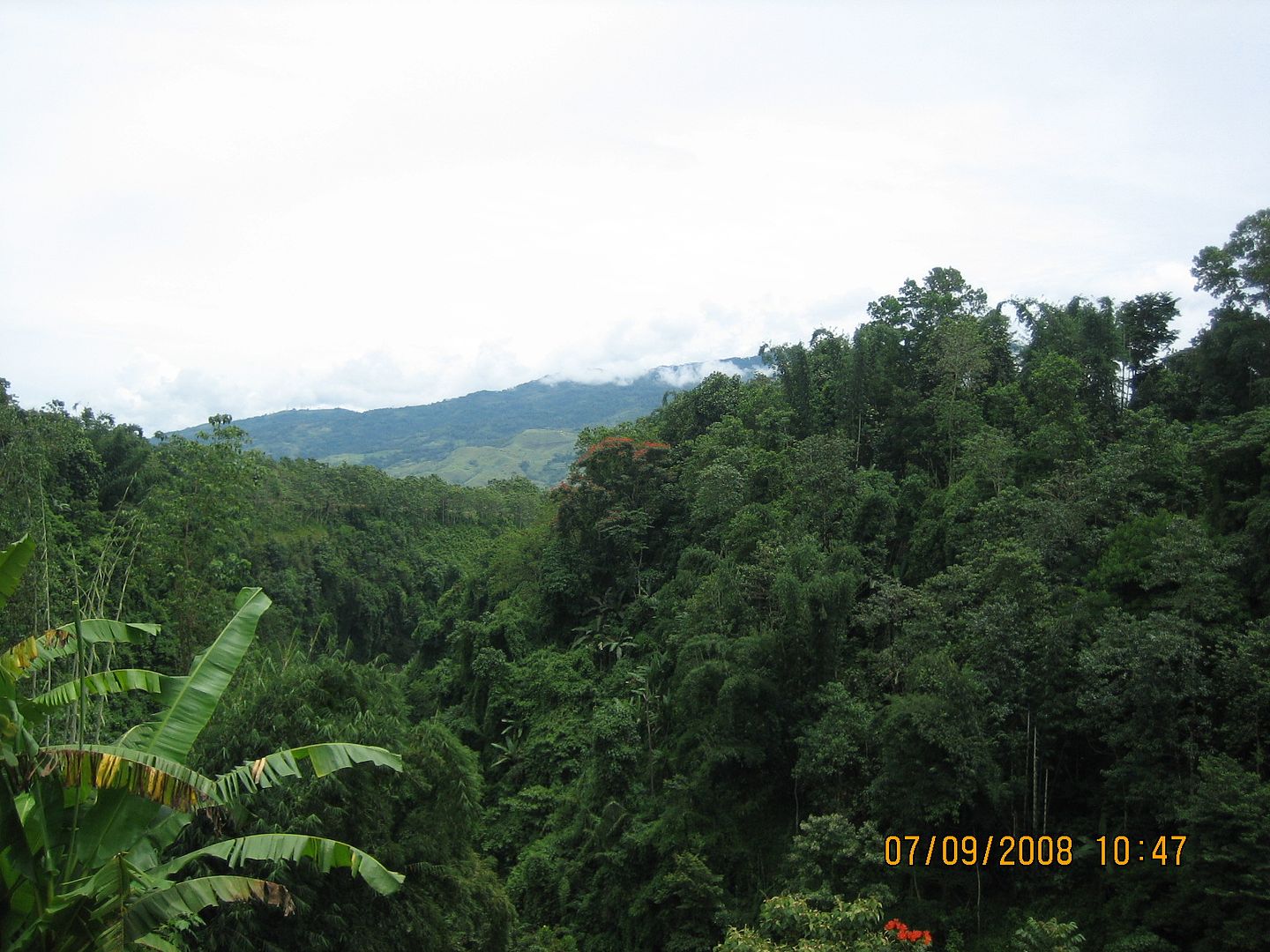

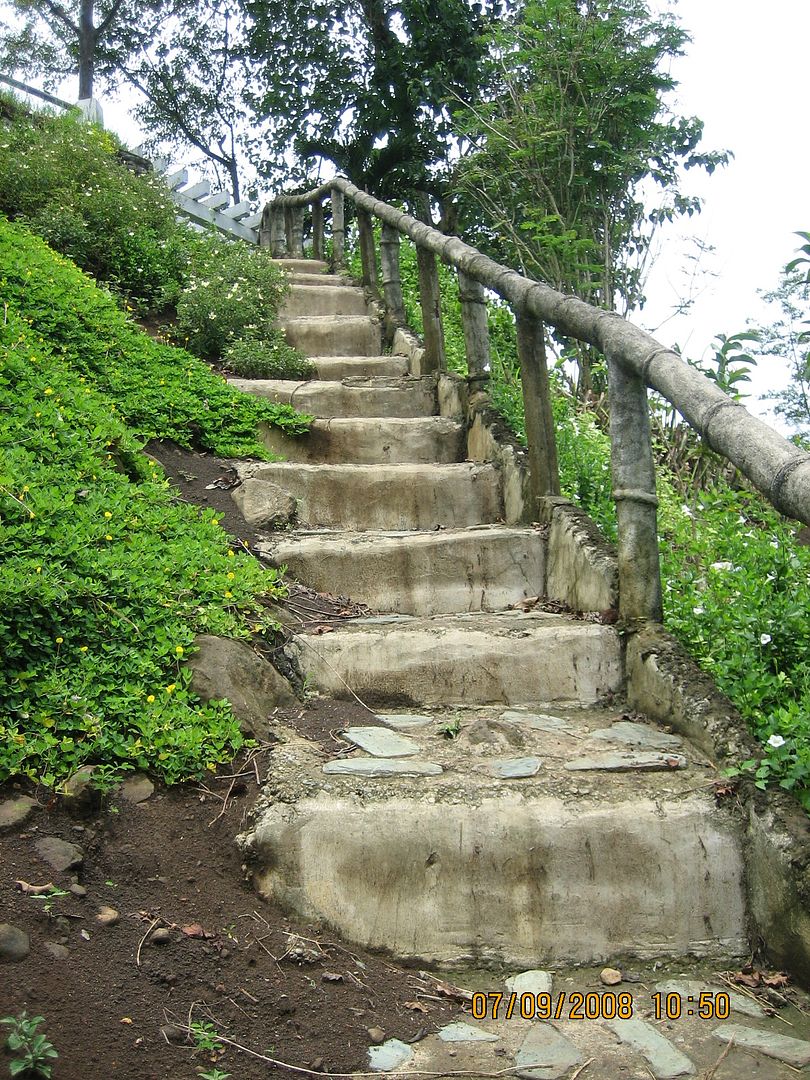
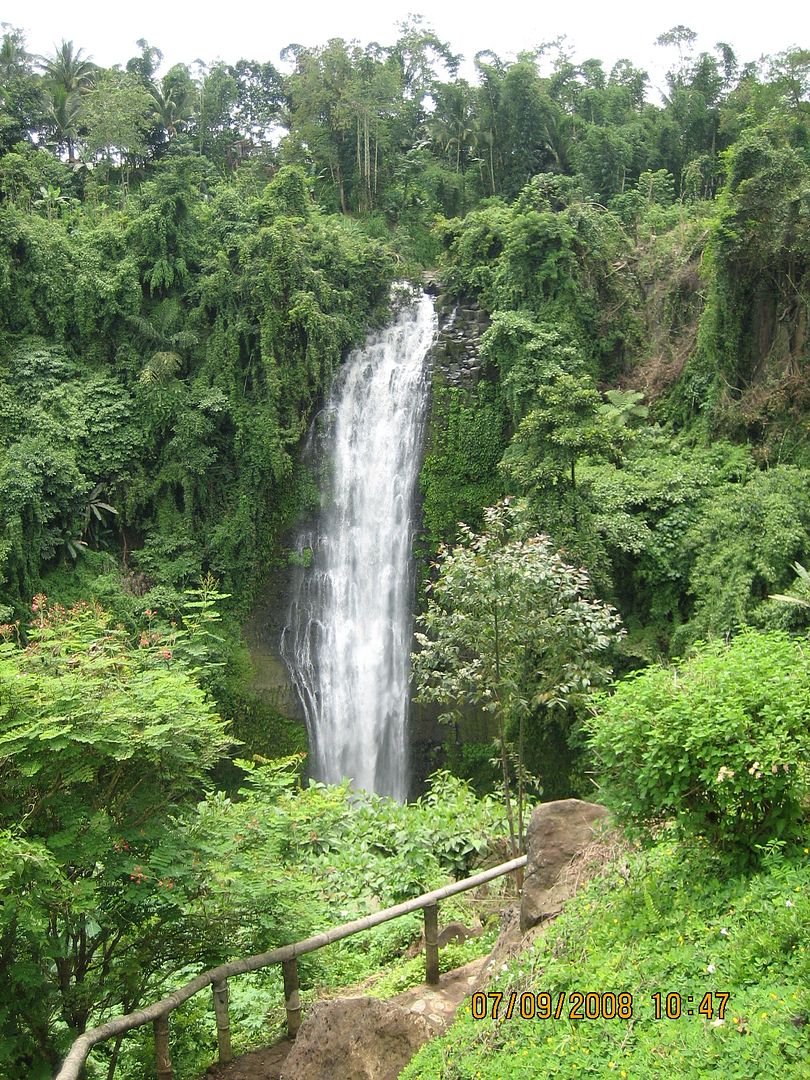
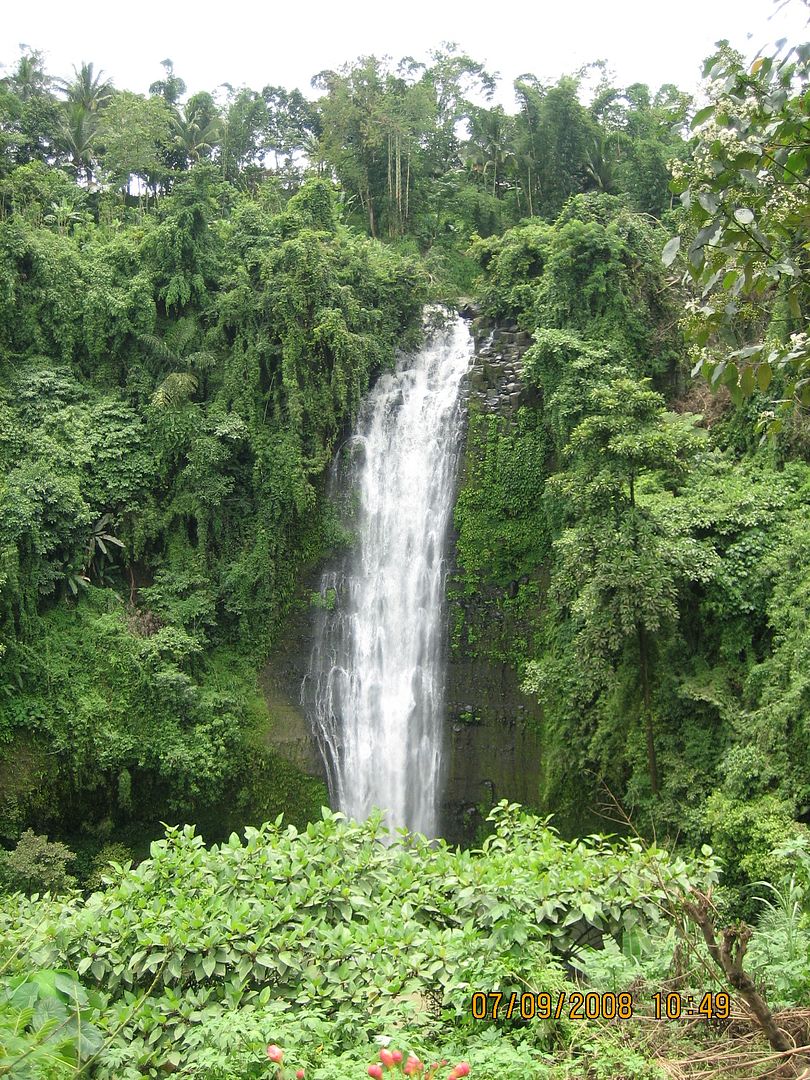
No comments:
Post a Comment